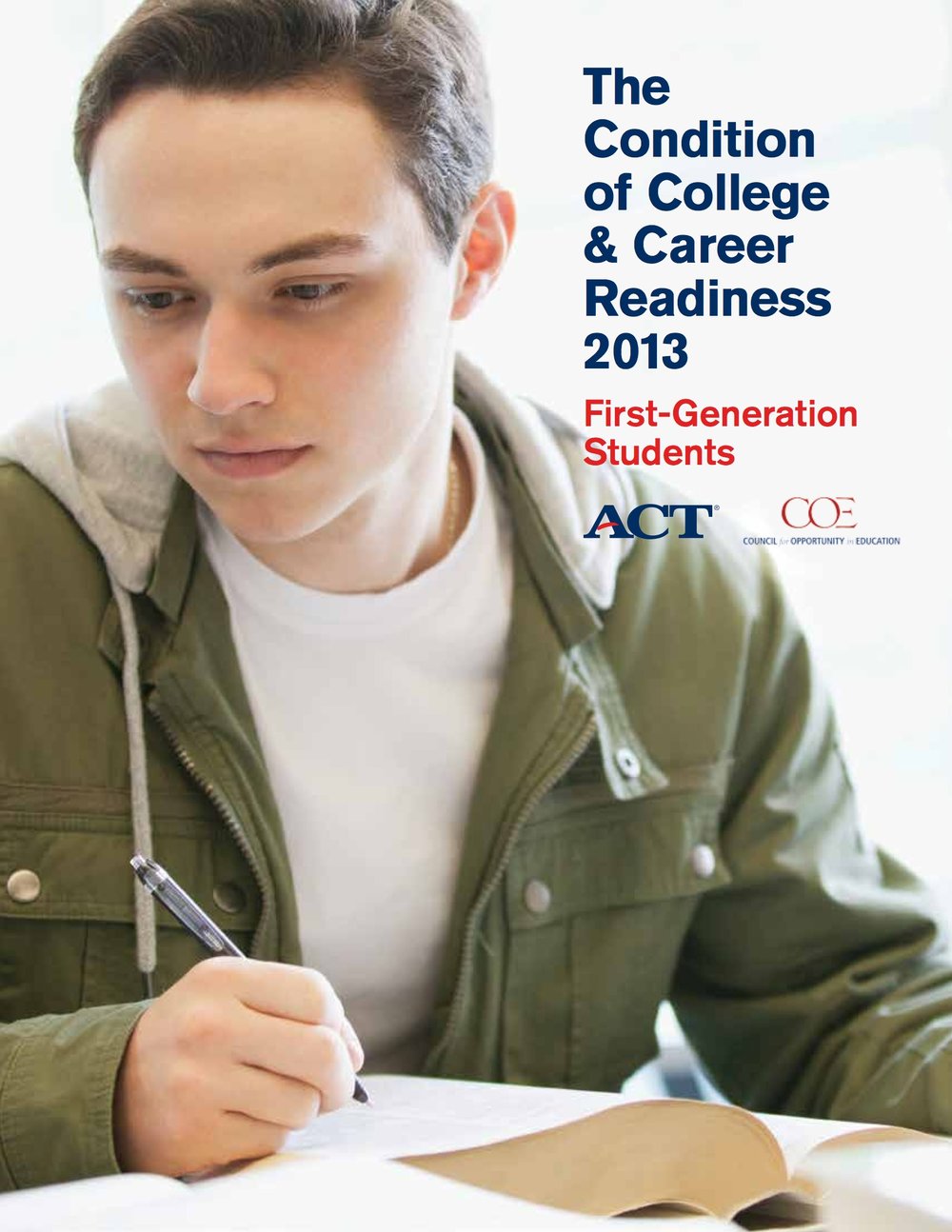A report released on Thursday by the Council of Independent Colleges gives guidance to institutions that want to improve resourcesfor students who are the first in their families to attend college.<Click on this link to download the entire report of identified best practices.>
<Click on this link for the website established for the identified best practices from the project.> With two generous grants from the Walmart Foundation, the Council of Independent Colleges funded 50 college success programs across two cohorts of private colleges and universities in 2008 and 2010. For a full list of funded programs, see the Program Profiles page. Although all 50 programs focused on assisting first-generation students succeed in higher education, each program went about this in different ways. CIC identified 13 broad strategies that were implemented by multiple institutions. The programs are grouped by these strategies in order to help other colleges and universities find and implement the best strategies for a given institution.
Based on the experiences of 50 colleges that received grants from the group and the Walmart Foundation to enhance such programs, the report lists 10 "best practices" to promote first-generation students' academic success. Those suggestions are as follows:
1. Identify, actively recruit, and continually track first-generation students. Aid eligibility is one indicator institutions can use to help identify first-generation students.
2. Bring them to the campus early. Summer bridge programs let colleges better prepare first-generation students for the rigors of higher education. The programs also give students a chance to bond with classmates, meet faculty and staff members, and become familiar with the campus.
3. Focus on the distinctive features of first-generation students. First-generation students on any given campus will often share one or more characteristics. Building support systems around those similarities can help colleges better meet students' needs.
4. Develop a variety of programs that meet students' continuing needs. Colleges should develop programs that prepare first-generation students for academic success during college and for careers after graduation.
5. Use mentors. Mentors, whether they are fellow students, staff or faculty members, alumni, or people in the community, can provide valuable guidance to first-generation students. Some of the best mentors are those who were also the first in their families to attend college.
6. Institutionalize a commitment to first-generation students. Colleges should involve the entire campus community in promoting the success of first-generation students. That approach creates a supporting and welcoming environment.
7. Build community, promote engagement, and make it fun. Colleges need to focus on more than academic performance to improve retention. Through nonacademic activities, students can build meaningful relationships.
8. Involve families (but keep expectations realistic). First-generation students often struggle more than their peers with moving away from home. Communicating with families can help keep them connected to their student while he or she is away.
9. Acknowledge, and ease when possible, financial pressures. With many coming from low-income families, first-generation students often struggle with finances. Colleges should provide financial-aid information to students and parents whenever possible. Creating scholarships specifically for first-generation students can help as well.
10. Keep track of your successes and failures: What works and what doesn't? Colleges should look beyond grade-point averages and retention rates to assess its first-generation programs. Other methods for measuring success include: college records, surveys, in-depth interviews, and focus groups.







